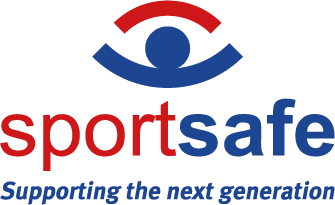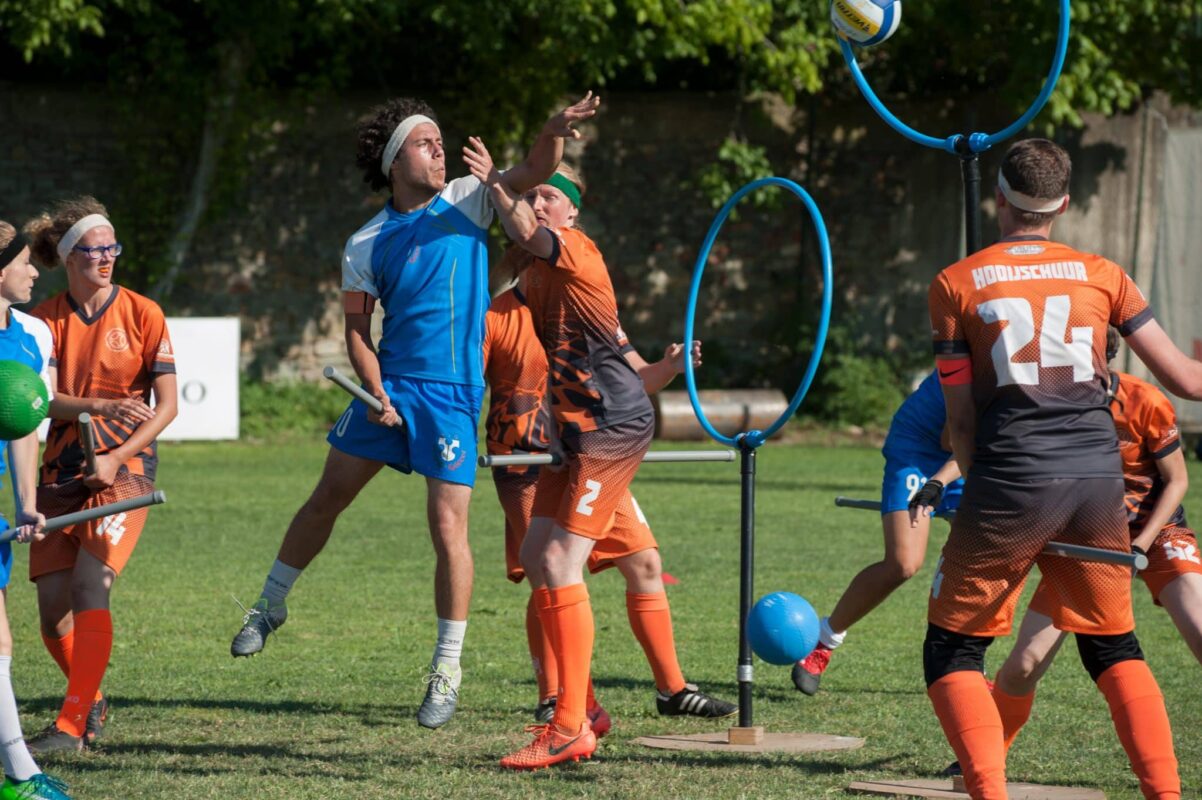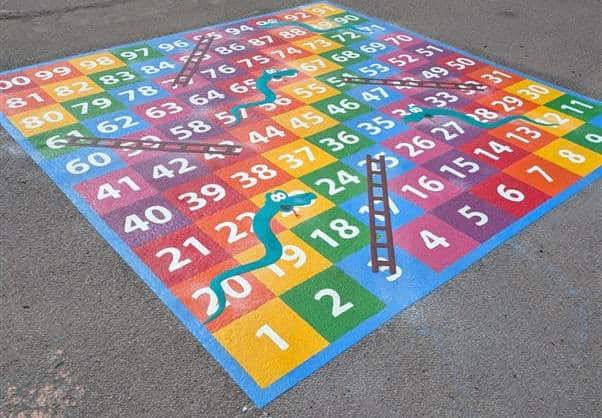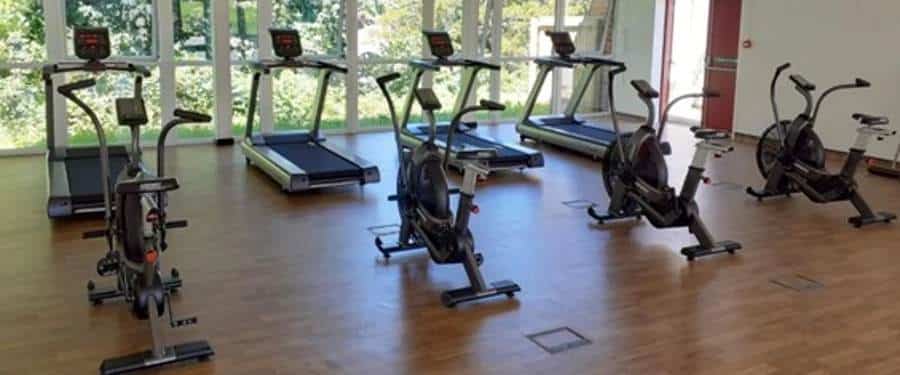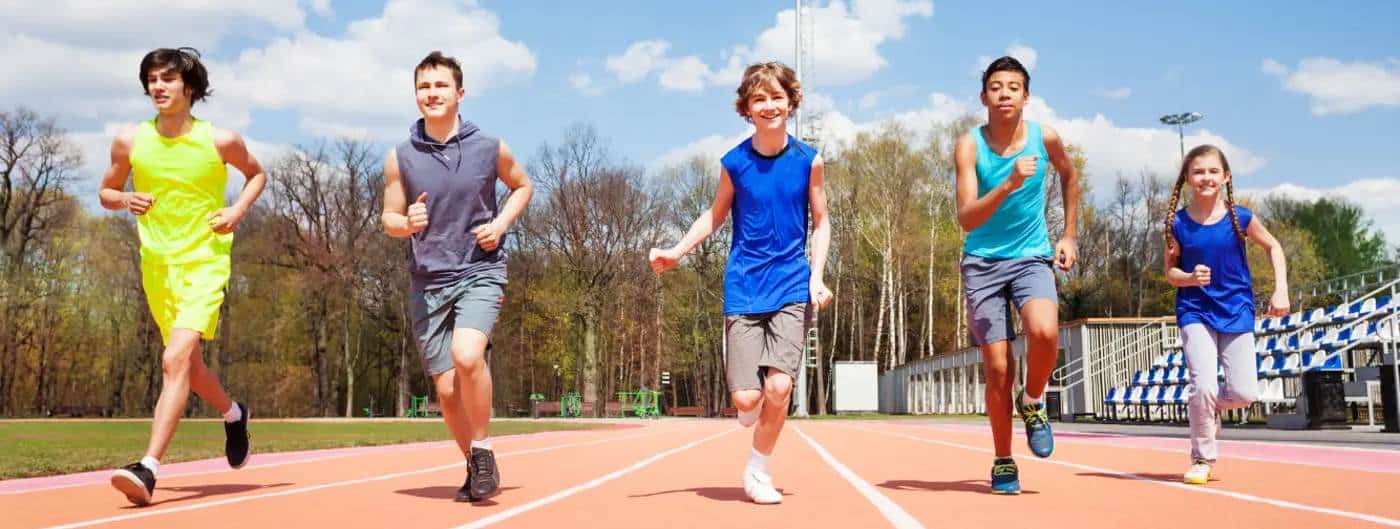[section]
[row v_align=”middle”]
[col span=”6″ span__sm=”12″]
When it comes to safety and maintenance for school sports facilities, you can’t just scratch the surface – you’ve got to deep dive to meet the goal of safe sport for everyone.
‘By law, sports teaching staff must establish and maintain safe practice and procedures which will prevent any foreseeable risk of injury or harm. However, that is not to say that all risk must or can be eliminated.
Vigorous physical activity is rarely without risk and physical education is, by its nature, a challenge to children. However, unnecessary dangers should be eliminated and this includes any hazards present in the facilities and equipment provided.
[/col]
[col span=”6″ span__sm=”12″ divider=”0″]
[divider align=”center” width=”100px”]
[ux_text text_align=”center”]
“Safety doesn’t happen by accident…Safety isn’t expensive, it’s priceless.”
[/ux_text]
[divider align=”center” width=”100px”]
[/col]
[/row]
[/section]
[divider align=”center” width=”100px”]
This is no small topic. Safety is paramount and maintenance is the keystone of safety…but where to begin? Let’s look at some key considerations.
[row]
[col span=”6″ span__sm=”12″]
Correct use
This may sound obvious but safety lies in the correct use and protection of facilities and equipment. This makes maintenance significantly easier too. For example, don’t let your expensive wooden sports hall floor be ruined by incorrect footwear and heavy furniture at fetes, exams and play performances. Don’t use your climbing frames as display boards or backdrops, compromising their stability and puncturing them with dangerous staples. Don’t think a goal’s just a goal – hockey goal backboards can be ruined by football hits and bespoke netting ripped and ruined by incorrect use. Make sure professional guidance for gym apparatus use is provided as misuse can injure users’ joints and lead to muscle strain and even serious injuries, whilst also damaging the equipment.
[/col]
[col span=”6″ span__sm=”12″]
Storage
as we all know, accidents happen unexpectedly and unintentionally, just when we least expect them. Unpacking or putting equipment away should be without incident but poor storage arrangements can raise the damage and danger potential for both equipment and users. Good storage solutions mean a safer environment and fewer maintenance demands.
For example:
Proper mat trolleys hugely increase the longevity of this sports staple and prevent tripping hazard when the area is used for other activities.
Outdoor chests make easy access to smaller equipment during lessons and prevent loss.
A vertical dumbbell rack keeps heavy gym gear safe and out of the way.
Lockable covered areas or outbuildings with solid floors provide security and protection for goal posts, racquets and sticks. Swimming pool covers add to cleanliness and poolside safety.
[/col]
[/row]
[row]
[col span=”6″ span__sm=”12″]
Cleanliness
Dozens of athletes walk through a school’s athletic facilities, such as the weight, athletic training and locker rooms, each day. Yet the “first you use it, then you clean it” principle is not always enforced.
Appropriate disinfectants and paper towels should be available to wipe down machines, benches and other equipment, plus hand sanitiser.
Sports changing rooms in schools are also a key focus area for maintenance and safety and often attract criticism from students if not kept in good condition. Criticism will also come from community groups if used for lettings.
Schools should try to ensure the provision of clean, high-quality changing areas and shower facilities wherever possible. Areas should be well-maintained and robust materials should be used to provide a long lifespan.
Dirty footwear is also a key culprit for causing safety and maintenance issues, from slipping and tripping to damaged floors and surfaces. Investing in readily available, robust boot scrapers can make a world of difference, as can signs reminding students and users to use correct and clean footwear for the area.
Disabled access to toilet and changing facilities are a requirement of all new building facilities, including school changing rooms. Such access includes wide doorways and adequate turning spaces for wheelchair users, hoists grab rails and bars for those with partial mobility, and disabled showers, baths and toilets.
The pool should be well maintained, in terms of its physical structure, the plant, heating systems, cleaning systems and pipework. Water treatment, filtration and heating systems should be regularly serviced by a qualified maintenance engineer and water should be regularly tested for disinfection and cleanliness as recommended in standard safety guidance and by manufacturers. Careful records should be kept of maintenance and service activities and daily water checks.
The clarity and cleanliness of the swimming pool water should always be maintained at a safe level.
All chemicals and equipment should be safely stored and used in compliance with regulations.
[/col]
[col span=”6″ span__sm=”12″]
Inspections
This is why it is vital that schools work with professional inspection engineers who can offer all the advice, expertise, supply, installation, maintenance, inspection, repair and replacement services to provide comprehensive, reliable and accountable peace of mind for the client. Companies such as Sportsafe are afPE Approved Partners for the Inspection, Repair and Maintenance of PE and Sports Equipment in Schools and deliver the ESPO 107 Framework for the inspection and maintenance of indoor gymnasium, fitness and sports equipment, outdoor play and sports equipment, and minor repairs. The electronic reporting system also enables the quick identification of issues and certified professionals able to provide fast quotations for repairs – just 48 hours from the point of inspection, so equipment is back up and running as soon as possible.
Clearly, annual inspections and professional advice are core necessities for the safety of all users and the longevity of the facilities. However, there are basic observations your own team can make on an every day basis to keep things ticking over. For example, for staple gym equipment:
Keep an eye on splinters in wall bars; tears in mats; weakened joints in frames and benches; misalignment of treadmill tracks; cleanliness of bars and weights.
Check springboards are stable on impact and the rubber feet are not worn through.
See that balance benches’ fixing hooks are firmly intact.
Ensure climbing rope runways are running smoothly and rope ladder floor fixings are secure.
Test wall apparatus bracing wires for tautness.
In addition, it is well worth having a look at the information available from recognised sports organisations for specific equipment and facilities. The Football Essential Guide to Grounds Maintenance is a useful point of reference for groundskeepers looking for easily accessible practical guidance on maintaining and developing their grounds. When it comes to maintenance, appropriate seasonal management of football pitches is crucial to achieving a high quality surface all year round.
[/col]
[/row]
[divider align=”center” width=”100px”]
Equally, Sport England has pages to explain the requirements and to provide practical advice on building and maintaining playing fields and sports pitches.
If your school opens up its sports facilities to the local community or for business purposes, your knowledge and understanding of safety and maintenance issues need to expand exponentially. Again, Sport England has some thorough guidance on managing all this efficiently and safely.
In conclusion, when it comes to school sport facility safety and maintenance the key concept for success is that
